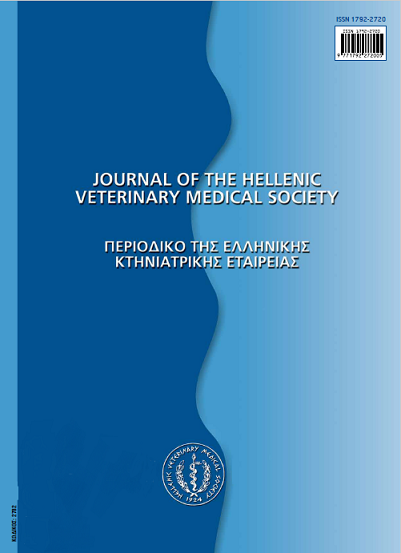High Hydrostatic Treatment of Foods
Résumé
Heat Treatment (cooking, boiling, roasting, pasteurisation, sterilisation etc.) has always been for centuries the principal method used in Food Preservation. Lately, recent trends in processing are aimed at more healthy, nutritious and convenient food. New food preservation techniques, new concepts (Hurdle Technology) have been developed and are currently being used in the Food Industry. One of the most promising and already applied,
tested in the international market, novel techniques is the High Hydrostatic Pressure treatment. Principal usage of High Hydrostatic Pressure treatment (200-600 MPa) is the pasteurization of foods, where the use of heat treatment is not applicable or in cases where maximum retention of the nutritional value of food is needed. In contrast to thermal processing, High Hydrostatic Pressure treatment can inactivate microorganisms and unfavourable enzymes at ambient or low temperatures, without affecting flavour, colour or nutritional constituents within a food system. High Hydrostatic Pressure could also inactivate food parasites, prions viruses and prionsviruses. It is an excellent pasteurisation and in the future it will turn to be even a sterilisation method. High Hydrostatic Pressure treatment affects almost all cellular processes and parts ofthe cell, with more prominent targets the macromolecular synthesis, the proteins and the cellular membrane. The main problem of this method is the occurrence of piezotolerant strains of microorganisms with great deviations regarding their piezotolerance, that could cause problems in the design of the treatment. This phenomenon is mosdy related with the production of stress proteins. The problem could be solved by the use of combined processes of High Hydrostatic Pressure with other methods or with higher pressures achieved by the technological development of the method. Despite the above-mentioned problems, High Hydrostatic Pressure is a method that advances fast and is taking its place in the modern Food Industry, considering that only a decade passed since the first High Hydrostatic Pressure treated products were presented in the market. The Greek Food Industry and Research Sector should take advantage of the developments in HHP, as this method could improve substantially the quality and competitiveness of the Greek agricultural products.
Article Details
- Comment citer
-
KARATZAS (Κ.Α.Γ. ΚΑΡΑΤΖΑΣ) K. Α. (2017). High Hydrostatic Treatment of Foods. Journal of the Hellenic Veterinary Medical Society, 55(4), 324–330. https://doi.org/10.12681/jhvms.15131
- Numéro
- Vol. 55 No 4 (2004)
- Rubrique
- Review Articles
Authors who publish with this journal agree to the following terms:
· Authors retain copyright and grant the journal right of first publication with the work simultaneously licensed under a Creative Commons Attribution Non-Commercial License that allows others to share the work with an acknowledgement of the work's authorship and initial publication in this journal.
· Authors are able to enter into separate, additional contractual arrangements for the non-exclusive distribution of the journal's published version of the work (e.g. post it to an institutional repository or publish it in a book), with an acknowledgement of its initial publication in this journal.
· Authors are permitted and encouraged to post their work online (preferably in institutional repositories or on their website) prior to and during the submission process, as it can lead to productive exchanges, as well as earlier and greater citation of published work.



